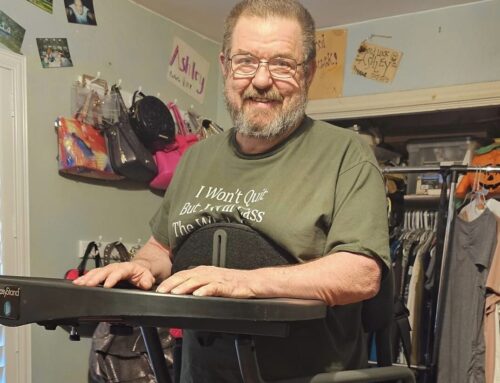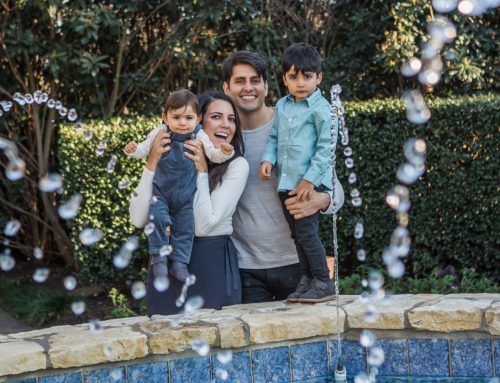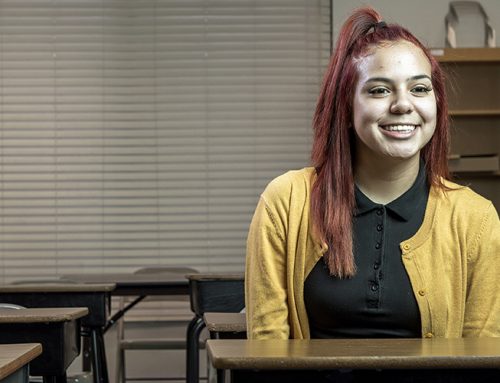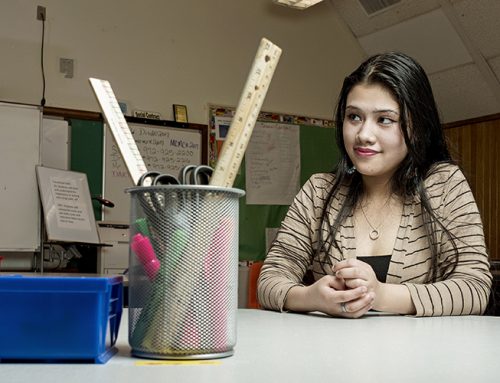Slow down East Dallas — If not for safety, then for the sake of your pocketbook
Facts are facts, and despite a couple of extenuating circumstances, you can’t argue with what they say. We’re the lousiest drivers in Dallas.
This month, when the City’s red-light cameras start snapping pictures, almost 20 percent of the 57 cameras will be at intersections that are more or less in this neighborhood. That’s more than in North Dallas, where we like to think residents view bad driving as their God-given right, just like watering the lawn and building ugly teardowns. That’s more than in West Dallas, where we assume there are residents who have neither licenses nor insurance and who drive like they have neither licenses nor insurance.
The reason we are getting so many cameras, says Elizabeth Ramirez, the engineer overseeing the program for the City, is because we have the most intersection-related accidents, and we get the most traffic tickets for running red lights. In fact, she says, city engineers staked out the various dangerous intersections, and what they saw agreed with the accident and traffic ticket statistics. To be fair, this part of town has more stoplights than other parts of town, which accounts for some of the bad numbers. Also, we have more traffic, thanks to some major commuter routes.
Nevertheless, we apparently can’t wait to run a red light.
(Note to indignant, self-righteous readers who are about to reach for the keyboard to fire off e-mails questioning my manhood: Hey, I hate driving, I do it as little as possible, and even I have gone through a stoplight when I shouldn’t have. So if I’ve done it, you’ve done it. OK?)
In fact, the entire issue of safety is the one thing that hasn’t come out in the camera discussion. The City Council sees it as a way to raise revenue, which is innovative if a little macabre. The various cranks and near-cranks among us see it as Big Brother run amok. Then there is the way Dallas-based ACS got the contract to run the system, which brings back fond memories of my days writing about Chicago politics. Finally, the story listing the camera sites in Dallas’ Only Newspaper, written by someone who generally knows what he is doing, discussed everything about the system except whether it would make the streets safer.
Because, astonishingly, it should. California cities with cameras reported a 7 to 10 percent citywide reduction in intersection crashes, even though the cameras were only in certain parts of the city. In Garland, which has had cameras for a couple of years, accident and violation rates have fallen by more than 25 percent. These numbers seemed a little difficult to believe, so I called a couple of people who study the subject, and they said pretty much the same thing. Cameras usually cause an increase in rear end crashes from tailgating drivers who aren’t used to someone actually stopping at a red light. But, overall, wrecks go down, and they aren’t as serious, says Dave Willis of the Center for Transportation Safety at the Texas Transportation Institute in College Station. Intersection crashes, he says, can be fatal, while rear-end crashes are mostly fender benders.
Ironically, one reason accident and violation rates are lower in North Dallas than in East Dallas, Ramirez says, is that Plano and Richardson already have cameras. This leads to what traffic engineers call a halo effect, in which motorists learn better behavior from traveling through intersections that have cameras. If you know a camera is going to take your picture, and it will cost you $75, you’re less likely to run a red light, even when there isn’t a camera
Who knows? If we eventually learn that lesson, maybe we can drive just as well as those people in North Dallas.





